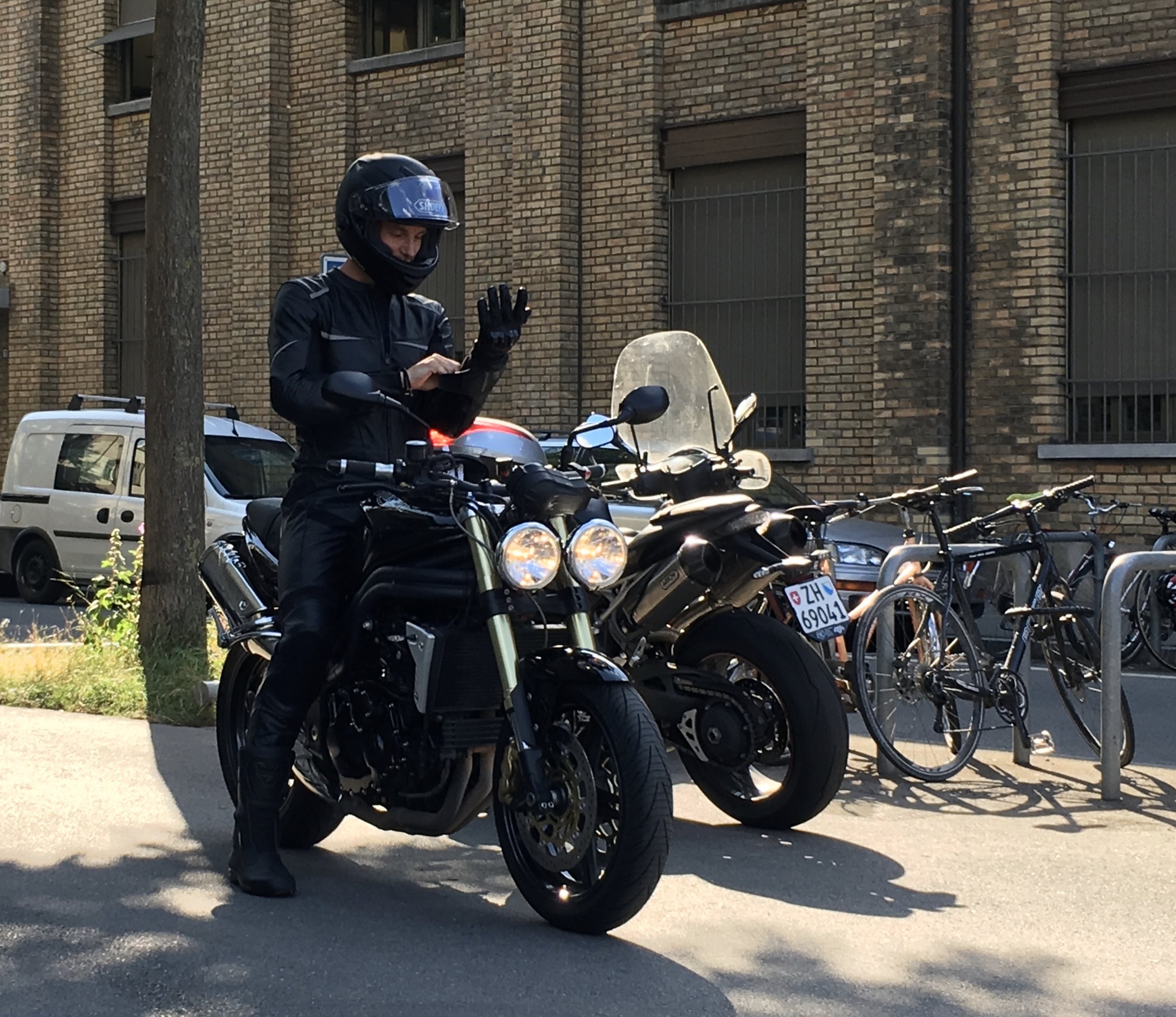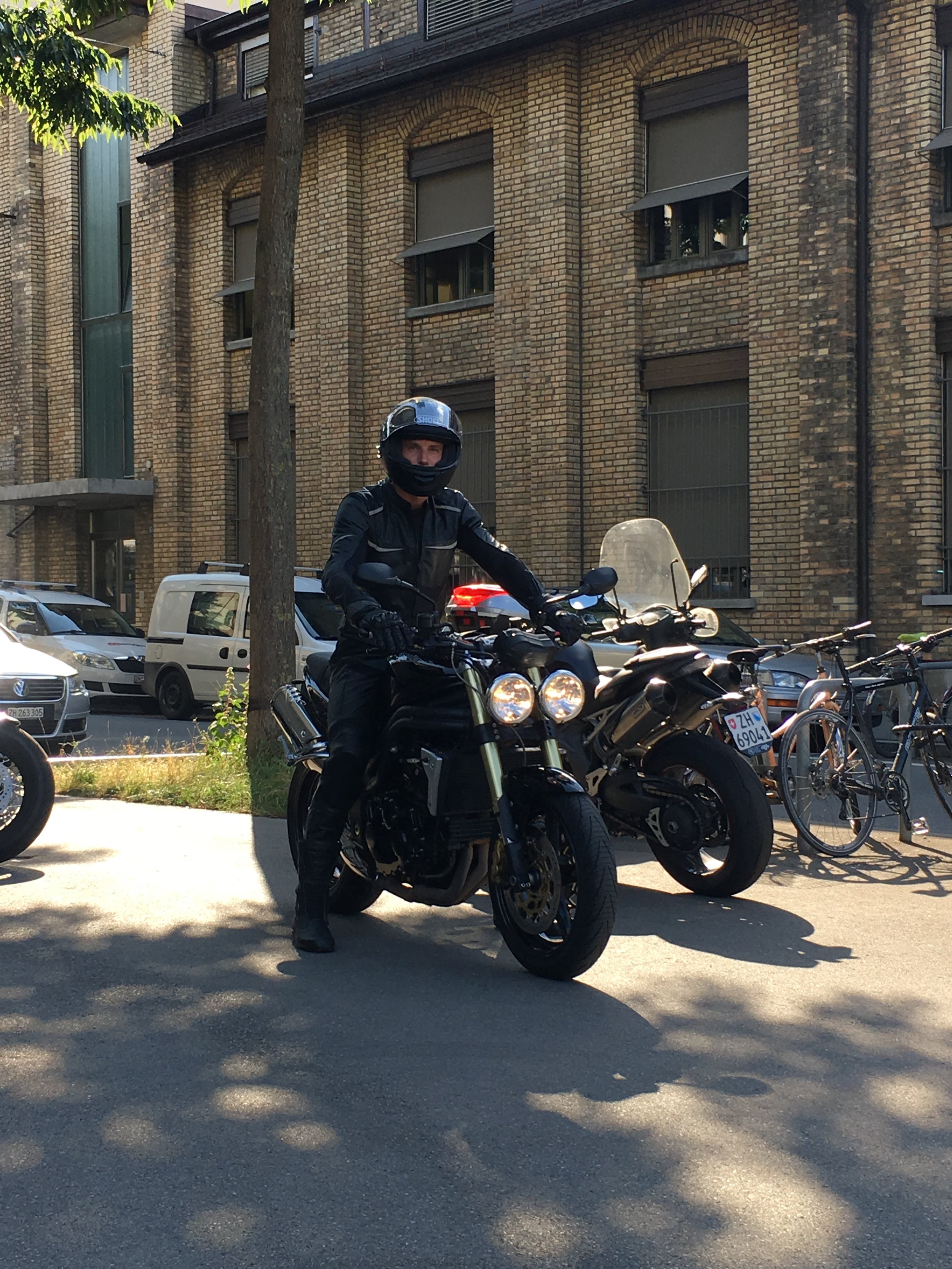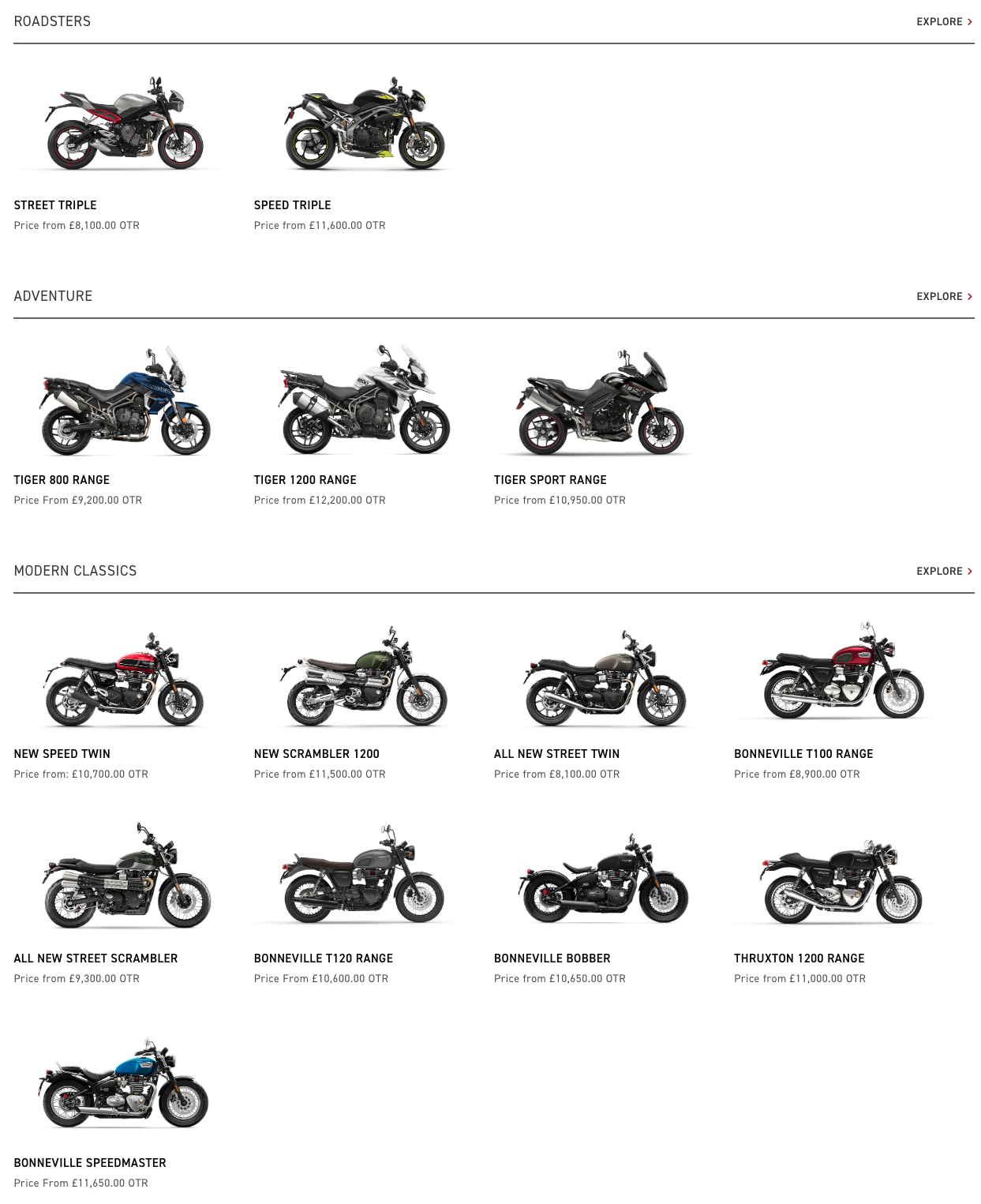It’s all the rage at the moment, the cafe racer scene, thanks largely in part to Instagram and other social media channels. For those of you not on Instagram, it’s completely changed from taking retro looking filtered pics (how it started, with those infamous filters), into more of an advertising platform, littered with “lifestyle” photos. TBH it’s what you make from it—you can follow meme pages, or brain-dead, vacuous and insecure celebrities, it’s your call. This isn’t a review of Instagram. Anyway, the cafe racer scene is now part of the lifestyle hipster scene.
Hipsters. Ah yes. I’ll dedicate another paragraph to this “phenomenon”, and I don’t mean the trousers. The hipster subculture is stereotypically composed of young adults residing primarily in gentrified neighbourhoods. It is broadly associated with indie and alternative music and genres such as chill-out, folk, modern rock, pop rock, and post-Britpop. They tend to grow beards, wear checked shirts (think American lumberjack), bracelets… whatever. Oh yes, and round glasses. You’ll find them in coffee shops, probably with a MacBook, blogging.
Shit, am I a hipster?
I wrote a whole section on how I am a hipster in denial, but scrapped it. The main take-home is that there’s a lot of bloody posing on the internet (of which I am also guilty), whereby people post locations/cars/bikes/general lifestyle shit as if it’s their daily lives. For some it is. Some of these modded motorbikes probably don’t even work, they just look interesting.
‘CAFE RACER’
Cafe Racers first came to be in Britain in the 60s, where bikes were very popular as they were cheaper than cars, and there was something of a “scene” regarding patching up your bike (because you dropped or crashed it), or making it more lightweight (so power to weight was better), and “racing” from cafe to cafe to have a brew and listen to a record or two and hang out with your mates.
It was the defining era of style for motorbikes. These people were the first generation, post-war, that had disposable income and even time on their hands. The image of a rocker back then was motorbike boots with white socks going over them; but a lot of people wore wellies or ex-army boots. People tended to only wear a crash helmet if it were very cold or raining… style was the main reason, everyone was bothered about their hair.
The leather jacket was the quinticential motorbike “uniform”, apparently coming over from American biker culture. Lots of ex-army leather jackets were worn - just 15 years after the war. The parents, who could well have been to war, were then seeing jackets from the war… leather jackets from both sides were available, and the cafe racer “lifestyle” certainly earned its rebel status. The “ton-up boy” basically attempted to hit 100 mph (there were no speed limits back then), 100 mph on a motorbike is quick, especially one without fairing.
Twin-engined bikes were the staple of the cafe racer, and the Triumph T-120 Bonneville was released in 1959 and was an instant hit. Lots of torque and great for tuning, the twin cylinder engine was perfect for the street. With low-slung handlebars, the forward leaning position mirrored the racing bikes at the time. Bikes would be stripped of anything unnecessary, leaving only the bare-essentials, and a very quick road bike.
The scene came to a bit of an end with the Mods, when Vespa scooters, suit wearing, and high-brow coffee drinking took England by storm, and Mods vs Rockers became a real issue. Motorcycles grew a bad name, and became more utilitarian and the Japanese reliable bikes came along and the “Rocker” scene came to a close towards the end of the 60s.
The amazing story of “Rollei Free” https://en.wikipedia.org/wiki/Rollie_Free
Today, Triumph make modern, reliable, powerful, comfortable bikes in this image, that are extremely popular. “Modern retro” is a very popular sub-culture within biking, just as with sports bikes, Harleys (cruisers), and ADV (adventure) bikes.
The Speed Twin is a very nice bike, but I was glad to be back on mine after the test ride…
Triumph make a bike for everyone, but I had already fallen in love years ago, when watching MI:2 in 2000.
Tom Cruise riding the Speed Triple in MI:2
Photo of me riding in the Black Forest
A wheelie good bike
The Speed Triple stuck in my mind, with those amazing round twin headlights, and to me, it just “looked like a motorbike”. A fully-faired sports bike was something I just never had any interest in. It wasn’t until 18 years had passed, in 2018, that I first sat on a motorbike; a 2004 Suzuki SV650S. This article isn’t about that bike though, so I’ll keep it short and sweet. I love that bike, it’s brill. Great V twin, that just makes you feel like you are on a motorbike with that juddering feeling of real machinery, loads of power, and an aggressive seating position. However, I knew it was physically too small for me to consider as my first bike (it’s perfect for a 5’7” person)… so I went looking online to see what I might like. I started with the Street Triple, recommended by all, as it’s the “smaller brother” of the Speed Triple. More nimble, lighter, enough power… but the Speed was the big one, and I never do things by halves.
MY SPEED TRIPLE
I found a low-ish cost 2007 Speed Triple in black relatively easily. I didn’t want a brand new bike, as I was learning. I didn’t want to drop it and put the first marks on it; I wanted something that had lived a bit. I had a test ride for an hour, and bought it immediately. I loved the all-black-with-gold-forks look.


The bike is perfect stock. My customisations are simply “to my taste”, and are not that numerous…
CLIP ONS
The high-riser handlebars on the Speed Triple are basically perfectly positioned for street riding. They are extremely comfortable, but also lend themselves to wheelie assistance. The mirrors end up with you seeing quite a lot of your own shoulder, mind you. So, first, I got some bar-end mirrors.
I purchased a pair of 52mm (fork diameter) clip ons, and removed the standard bar. I had to drill holes for the control mounts, and fitted some bar-end mirrors. Now, the handlebars are lower than the tank, so I am leant over quite drastically. It’s not the most comfortable position for 4 hours’ riding, but it is much, much nicer to corner with. The bike is so easy to turn in with clip ons; it really feels like a naked sports bike in this config.
The bike came with Pazzo Racing levers and a Rizoma brake fluid reservoir.
Then, I updated the bar-end mirrors to some circular ones:
EXHAUST
The stock exhaust is iconic, and sounds great. The triple engine has an almost supercharger whine, and the exhaust has a good throaty roar. However, this is a load of metal high above the rear wheel. To be clear, it’s 9.5 kgs of metal. That’s a fair amount. My Zard slip on weighs just 1.5 kgs and it’s almost all below the wheel. That’s an 8 kilo saving.
It has the added benefit of sounding a little different to stock, and really carries the sound nicely. I’d recommend it to any Speed Triple owners out there. There are loads of options, but I needed an EU-approved exhaust. Or at least, I’m going to use one… for now!
I’ve also removed the large passenger foot pegs, and installed GSXR pegs which are much sleeker.
SEAT
I had my seat re-upholstered locally, at a family-owner reupholstering garage. My original seat had a tear at the tank-join, so I decided to get the whole thing repaired (main reason being that it retained water, resulting in a wet crotch). I chose a style in keeping with the rest of the bike, and scotch guarded the whole thing.
TAIL TIDY
I have the Anmo-parts tail tidy. Looks great.
CURRENT STATUS
As it stands the bike looks as shown above. I don’t think I will make any further modifications to the bike, as it’s pretty much how I want it right now. There’s almost nothing I would change really, except for the sake of change, at this point. There’s not much more to remove, which is what the cafe racer was all about (cutting out weight to make a faster bike), and the bike takes corners extremely well with lots of confidence. Next on the shopping list is a new rear tyre and rear brakes… which are actually essential unlike the rest of this cosmetic makeover.
And just to be clear, this post is to document the cosmetic changes to my bike. I use the bike more than mod it, have only cleaned it once, and have done around 10,000 km in the year I’ve had it. Earlier this month I took an ADAC safety training course for advanced riders, which was amazing fun.
I really like how my bike looks, but I enjoy riding it more. The clip ons help with turn in and tucking, and cornering is so much fun. The exhaust removed a bit of weight and sounds cool, and changes the look a little.
I can’t wait to get back on the bike!





















